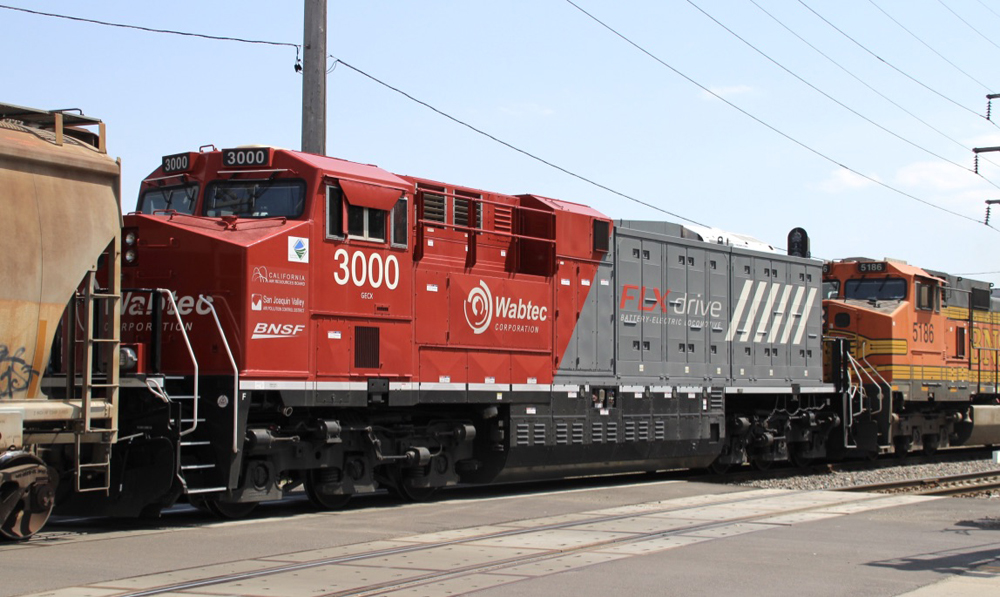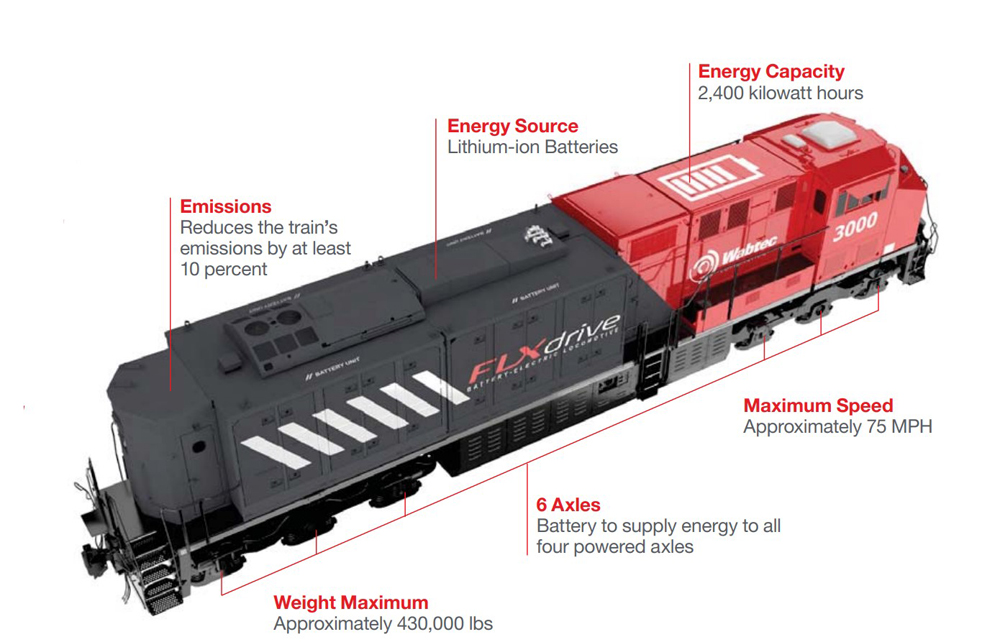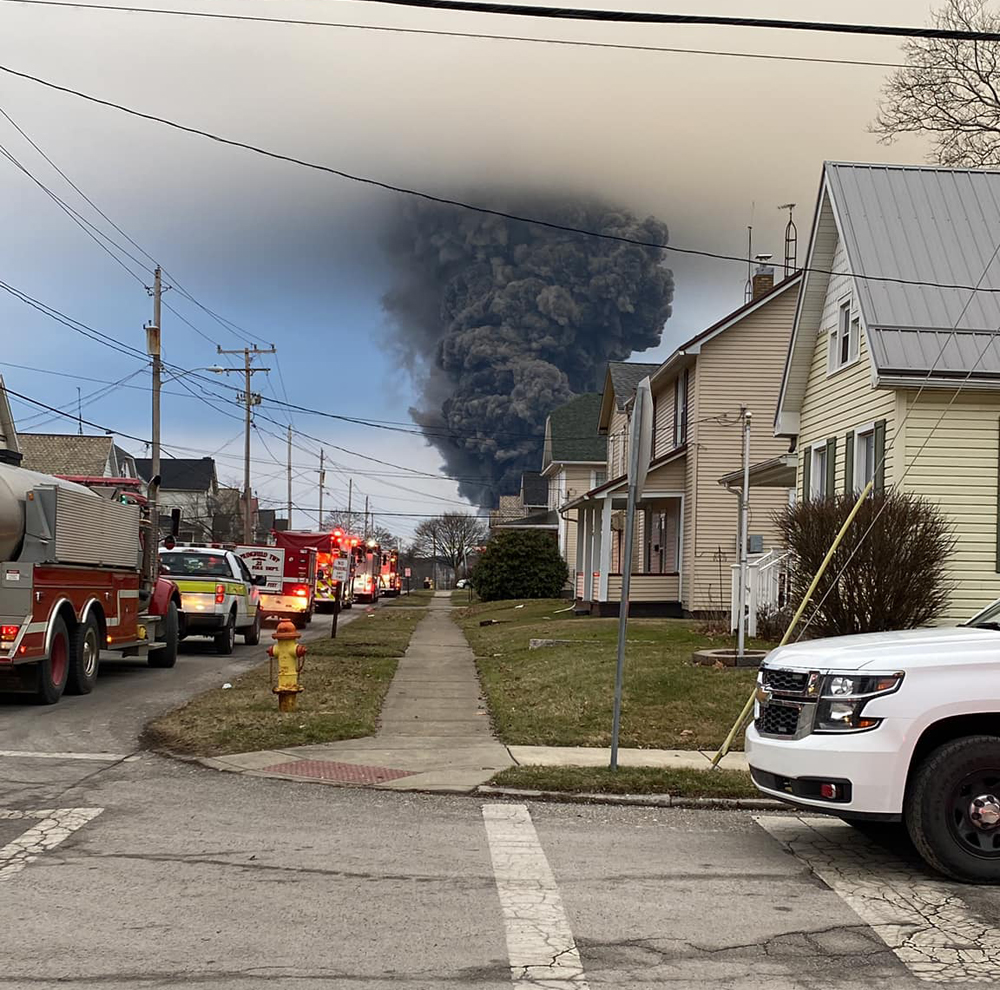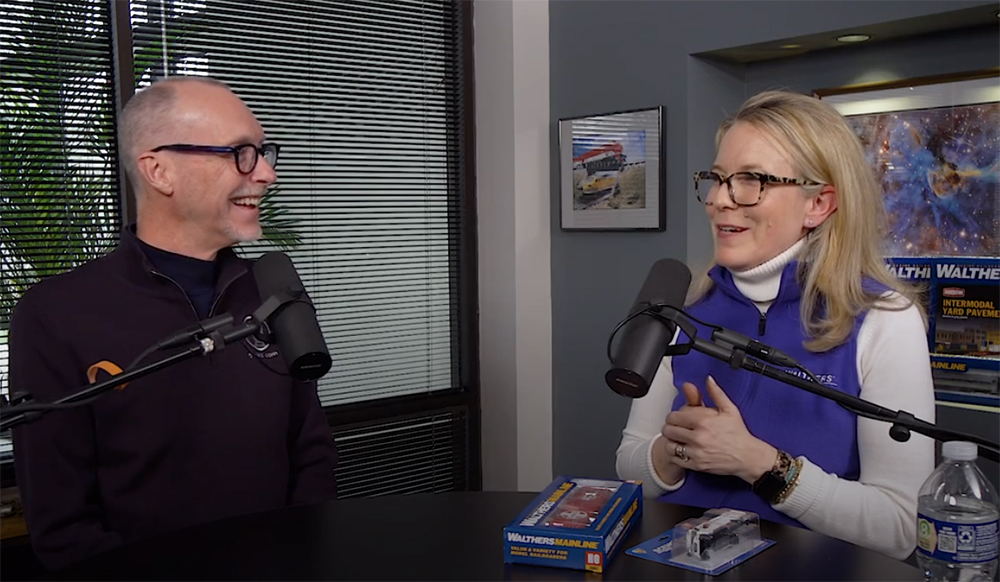
PITTSBURGH — Wabtec says the next step in its development of a battery-electric locomotive will be a locomotive with a battery capacity of more than 6 megawatt hours, which could reduce the fuel consumption and carbon emissions of a locomotive consist by up to 30%. Such a second-generation locomotive would be offered commercially and could enter service “in the next few years,” the company says, as part of an effort to develop zero-emission locomotives using batteries, hydrogen fuel cells, and hydrogen internal combustion engines. Wabtec says it has “a clear path” to power new locomotives and re-power existing engines — with those forms of power.
Wabtec announced those plans while summarizing the recent test of the company’s first FLXdrive battery-electric on BNSF in California, where it helped reduce fuel consumption and greenhouse gas emissions by 11% over more than 13,000 miles of testing [see “Wabtec, BNSF conclude initial tests …,” Trains News Wire, April 30, 2021]. That locomotive, with 18,000 lithium-ion battery cells, had 2.4 megawatts of power and charged at rail yards and through regenerative braking. It was funded through a $22.6 million grant from the California Air Resources Board to Wabtec, BNSF, and the San Joaquin Valley Air Pollution Control District.
“The FLXdrive battery-electric locomotive is a defining moment for freight rail and will accelerate the industry toward low- to zero-emission locomotives,” Eric Gebhardt, Wabtec chief technology officer, said in a press release. “It builds upon the rail industry’s position as the most efficient and sustainable mode of transportation. Building on our long history of pioneering train energy management technologies, this demonstration … fully validated our assumptions for the potential for this next generation technology to further drive efficiencies and greenhouse gas reductions.” The next version of the FLXdrive technology, he said, will put the rail industry “on the cusp of a once-in-a-generation improvement in energy savings and emission reductions.”















“You get nothing for nothing”. The energy to charge the locomotive, has to come from somewhere. The 6 megawatt-hours (MWH) also has losses in the generation, transmission and distribution. It must also take a long time to re-charge that amount of power.
Has anyone calculated how many MWH are obtained from a full tank of fuel for a Diesel engine and compared it to the 6 MWH provided from the battery? Nothing like running out of battery power, half-way between yards.
By the way, what ever happened to those energy saving twin-engine diesel switchers? Silently returned to the manufacturer.
“Wabtec says its next generation of FLXdrive battery-electric locomotives will be capable of a 30% fuel savings for a locomotive contest.”
Where will this contest be held?
Electric automobiles and light trucks will be the biggest fraud and the biggest environmental disaster this world will see. Can’t imagine it any better for locomotives, maybe worse.
I’m guessing you don’t understand how regenerative breaking works. And how are electric vehicles ‘the biggest environmental disaster this world will see’?
In the automobile world. a true Hybrid takes twenty years to achieve Zero Emission status. When accounting for the complete process.
Show me a comparison of the “end game” with these locomotives and full, mainline electrification. Include impact on locomotive, car and crew utilization. Until that’s done, I only see these beasts as niche and transtional.
Full electrification would be horribly expensive. For operational reasons the BNSF for example would want to electrify from at least Barstow to Clovis, an investment of multi-billions of dollars. The other problem (from the last serious look at electrification some 40 years ago) was finding the electricity. The railroads won’t want to invest for generating capacity and last time the utilities wanted to put the railroads on a standard, interruptible, industrial rate (when there’s too much demand the utilities will start cutting off their industrial customers) which is unacceptable to railroads running 24 hours a day. People should read Koonin’s book ‘Unsettled’ about the questionable reasoning for zero carbon dioxide.
I’ve said this many times before, there is no such thing as a “zero emission” locomotive. The electricity needed to operate the locomotive has to come from somewhere. The emissions are being shifted from a point source, the diesel engine, to a non-point source, the generating station.